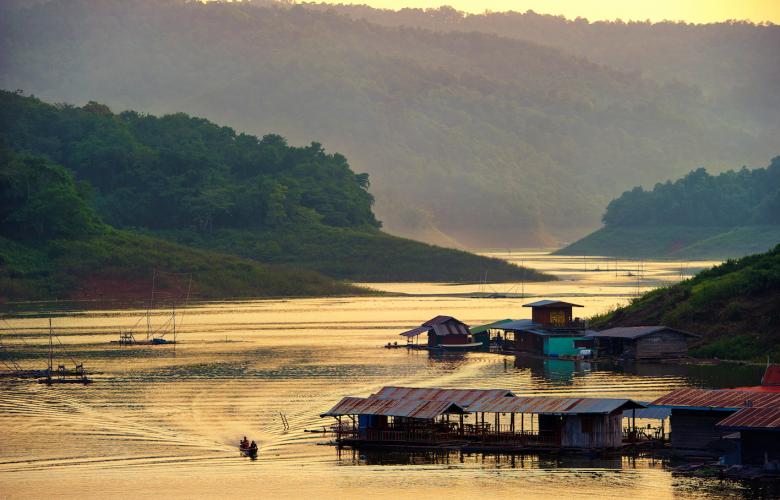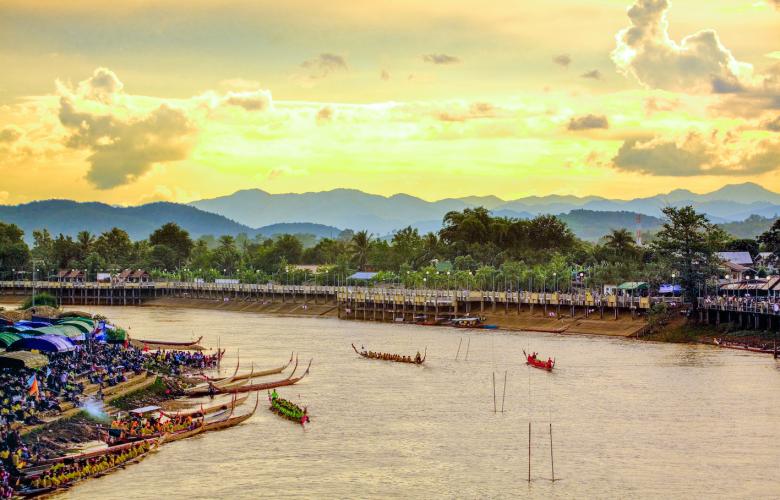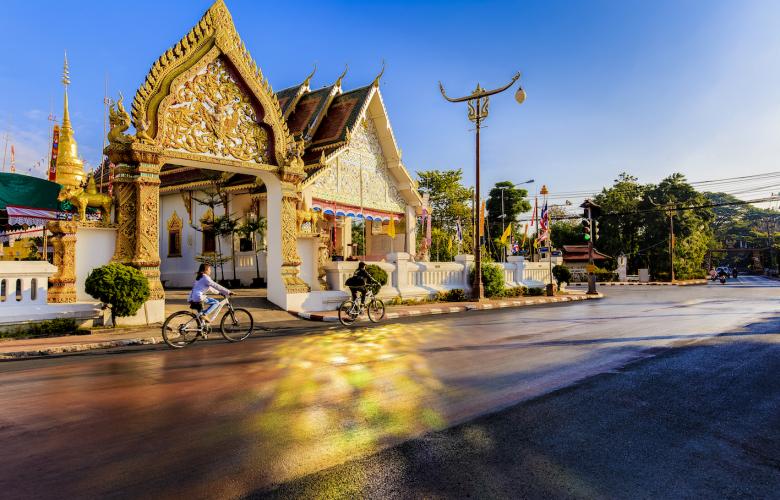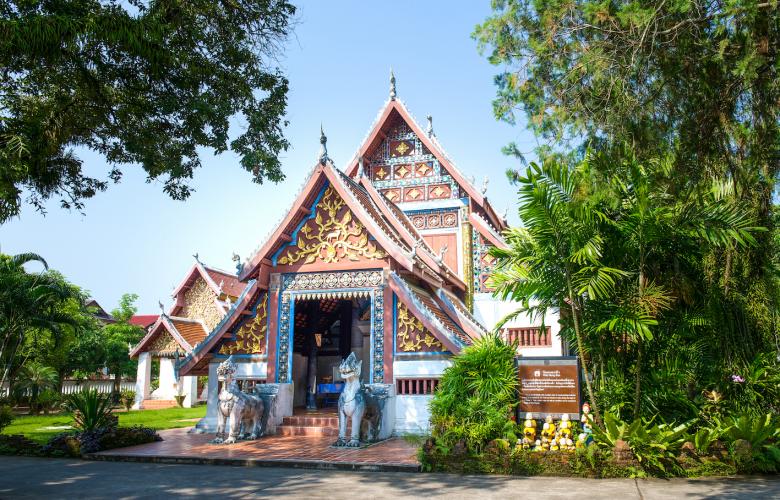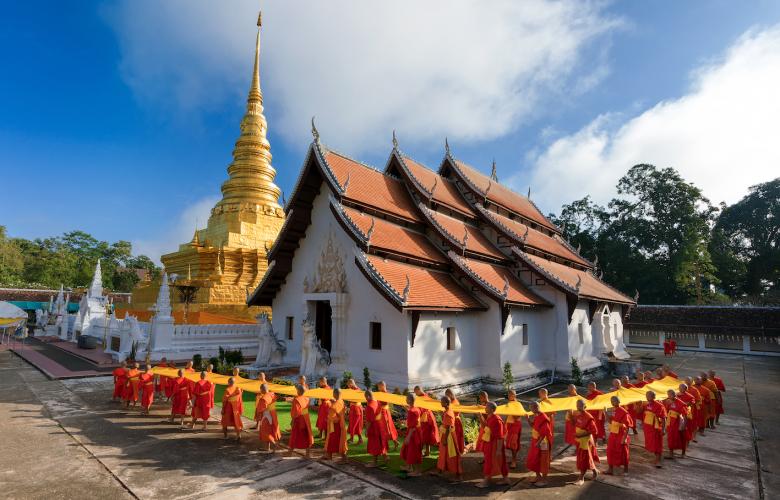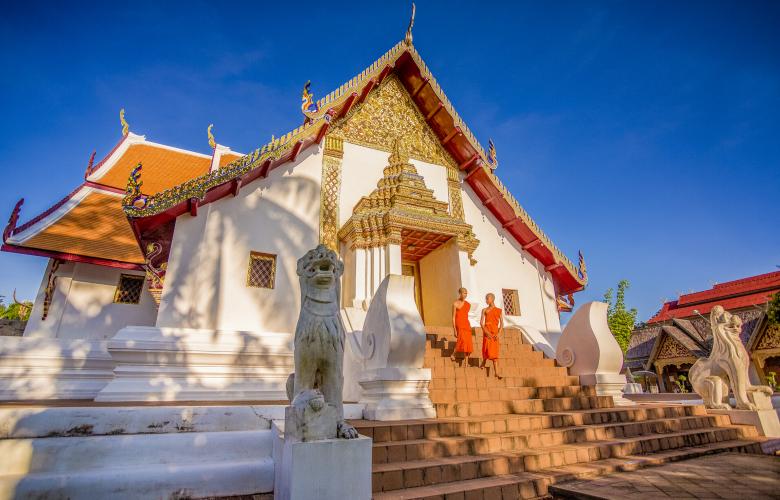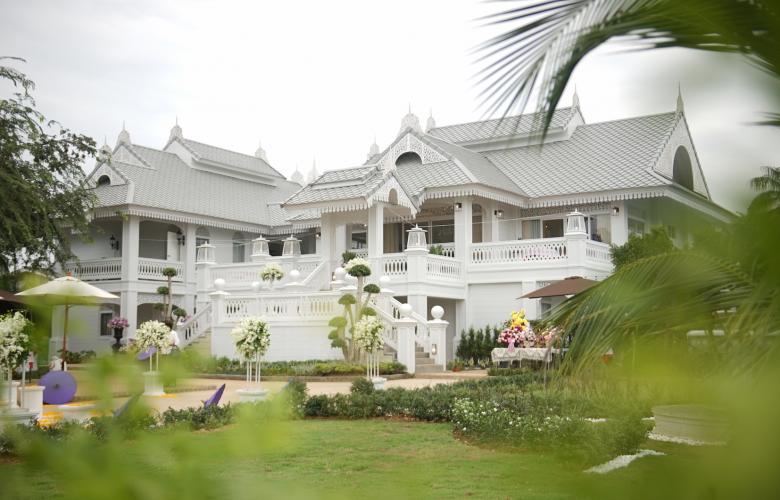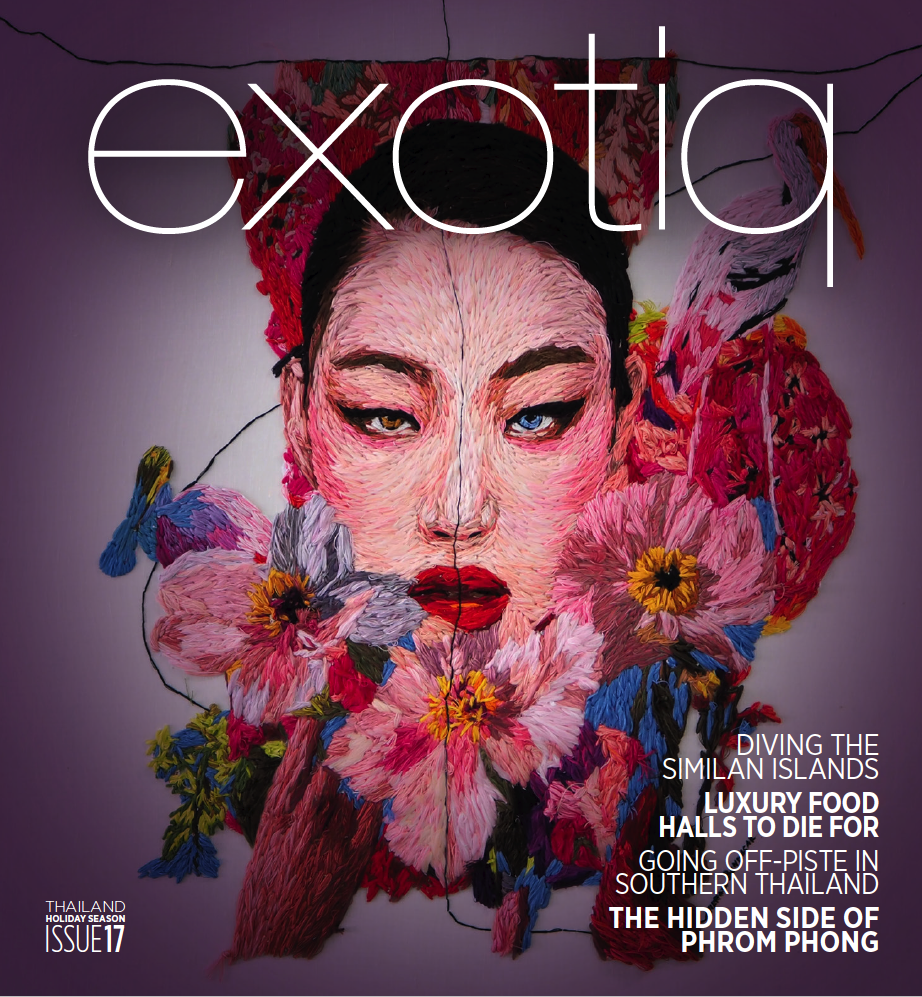- Bangkok
- Central Thailand
- Eastern Thailand
- Northeast Thailand
- Northern Thailand
- Southern Thailand
- Southern Thailand - Chumphon
- Southern Thailand - Krabi
- Southern Thailand - Phang Nga
- Southern Thailand - Phuket
- Central Island - Phuket
- Central West Coast - Phuket
- Bang Tao Beach - Phuket (Central West Coast)
- Emerald Bay - Phuket (Central West Coast)
- Kalim Beach - Phuket (Central West Coast)
- Kamala Beach - Phuket (Central West Coast)
- Laguna - Phuket (Central West Coast)
- Layan Beach - Phuket (Central West Coast)
- Patong Beach - Phuket (Central West Coast)
- Surin Beach - Phuket (Central West Coast)
- East Coast - Phuket
- North West Coast - Phuket
- Small Islands - Phuket
- South West Coast - Phuket
- Southern Coast - Phuket
- Southern Thailand - Satun
- Southern Thailand - Songkhla
- Southern Thailand - Surat Thani
Contact
Apr 12, 2019
Though still unknown to many tourists, Nan province in the northeastern part of Thailand has been inhabited since the time of Sukhothai, Thailand’s Golden Age. Throughout the centuries, 64 kings continuously ruled the region until it was finally incorporated into Siam in 1932. Even after becoming part of the kingdom, the border province had a wild reputation thanks to its remote ruggedness. Bordering Laos and home to many distinct hill tribes, the mountainous area was also home to bandits and served as the centre for the Communist Party of Thailand.
Today, what the province lacks in excitement and political intrigue, it makes up for in sheer charm, both naturally and culturally.
Based along the banks of the Nan River, the provincial capital, also named Nan, is sleepy yet welcoming, particularly drawing in domestic Thai tourists who have heard of the region’s authentic allure. While luxury experiences aren’t to be found, a return to a simpler time, cultural attractions and natural pleasures abound. These, paired with a surprising selection of small guesthouses, third wave cafés and handicraft boutiques make Nan an appealing destination – far enough off the beaten track to not be overrun by outsiders, but savvy enough to have plenty of tourism infrastructure in place.
CULTURAL PURSUITS
The town of Nan is logically laid out and convenient to explore on foot, bicycle or, to head further afield, motorbike. Most of the town’s sights and accommodation options are located close together, adding to its weekend trip appeal.
As with most Thai destinations, Nan’s temples top the list for visitor attractions with the most prestigious, Wat Phumin, located in the heart of the old town area. Founded in the 1500s, the temple is known for its detailed murals and is a must-see stop while in Nan. Directly across from the temple, the National Museum (open Wednesday-Sunday from 9:00-16:00 hours; 100 THB) offers insight into the region through well-curated displays. In the home of Nan’s last two feudal rulers, the quaint museum exhibits artefacts from Nan’s various hill tribes and ancient artefacts found throughout the region.

About three kilometres east of the town centre, Wat Phra That Cha Haeng is perched over the river and recognised by its 55-metre golden chedi. Aside from boasting sweeping views, the temple is also a pilgrimage site for those born in the Year of the Rabbit according to the Chinese zodiac. For even more memorable views, Wat Phra That Khao Noi, home to the iconic 9-metretall blessing Buddha, looks out over the land.
Back in town, Nan Riverside Art Gallery (facebook.com/Nan-Riverside-Arts-Space), owned by a local artist, features contemporary Thai works in a natural, riverside setting.
BACK TO NATURE
Nan province encompasses six national parks including the popular Doi Phu Kha National Park (tourismthailand.org/Attraction/Doi-Phu-Kha-National-Park--4303). About an hour and a half northeast of town, the sprawling park is known for the region’s highest peak, Doi Phu Kha at 2,000 metres, various forest types and two particularly rare kinds of trees – the tree-fern hybrid caryota gigas and the chompoo phu kha tree, a flowering tree with pink blossoms that isn’t found anywhere else in Thailand. Overnight camping and trekking options are available throughout the park.

nan-wat_phrathat_khao_noi.jpg
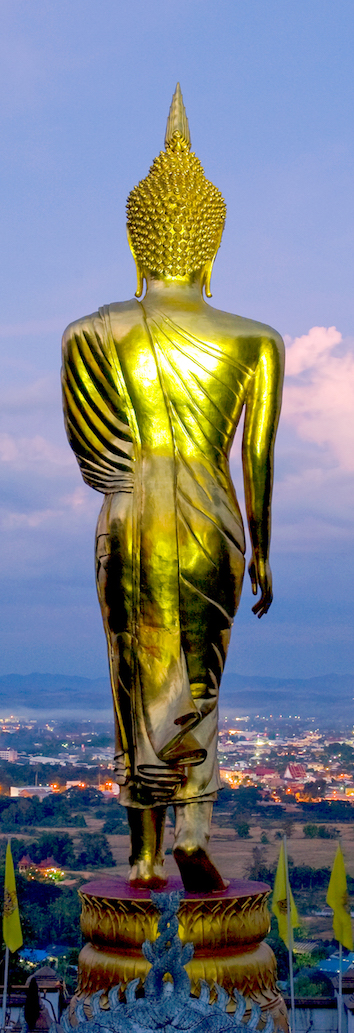
Tourism Authority of Thailand
For those who have more time in the region, the small village of Nong Bua and further district of Pua offer even more authentic, local experiences. Also situated on the Nan River, about 40 kilometres north of Nan, Nong Bua offers a glimpse into the past and present lifestyle of the Tai Lue tribe.
Visitors can explore traditional Tai Lue stilted houses, cycle around the village’s handicraft trail to see cottage industries still at work, and stop at the small but stunning Wat Nong Bua made of plaster and teak and featuring well-preserved murals dating back earlier than those of Wat Phumin.
Another 15 kilometres northeast takes travellers to the town of Pua. Though primarily a market town and transportation crossroads, Pua is set in a lush valley with views to Doi Phu Kha and serves as a convenient base to explore northern Nan’s natural treasures, including easy access to Doi Phu Kha National Park and a collection of refreshing waterfalls in Santisuk.
RIVERSIDE RACING
Every year since 1936, rowers take the river for the Nan Traditional Boat Races. Held in mid-October or the beginning of November, the colourful races kick off by presenting local monks with new robes during a special merit-making ceremony.
FIND NIRVANA IN NAN
While the town of Nan has a number of accommodation options, only one stands out as offering a more luxurious retreat to retire to. Located directly across from the picturesque Wat Phaya Pou, the brilliant all-white NirvaNan blends a boutique hotel with an intimate family-run experience for a unique stay.
Doubles from 5,600 THB including breakfast.
For more contact: nirvanan.com
Important Information:

